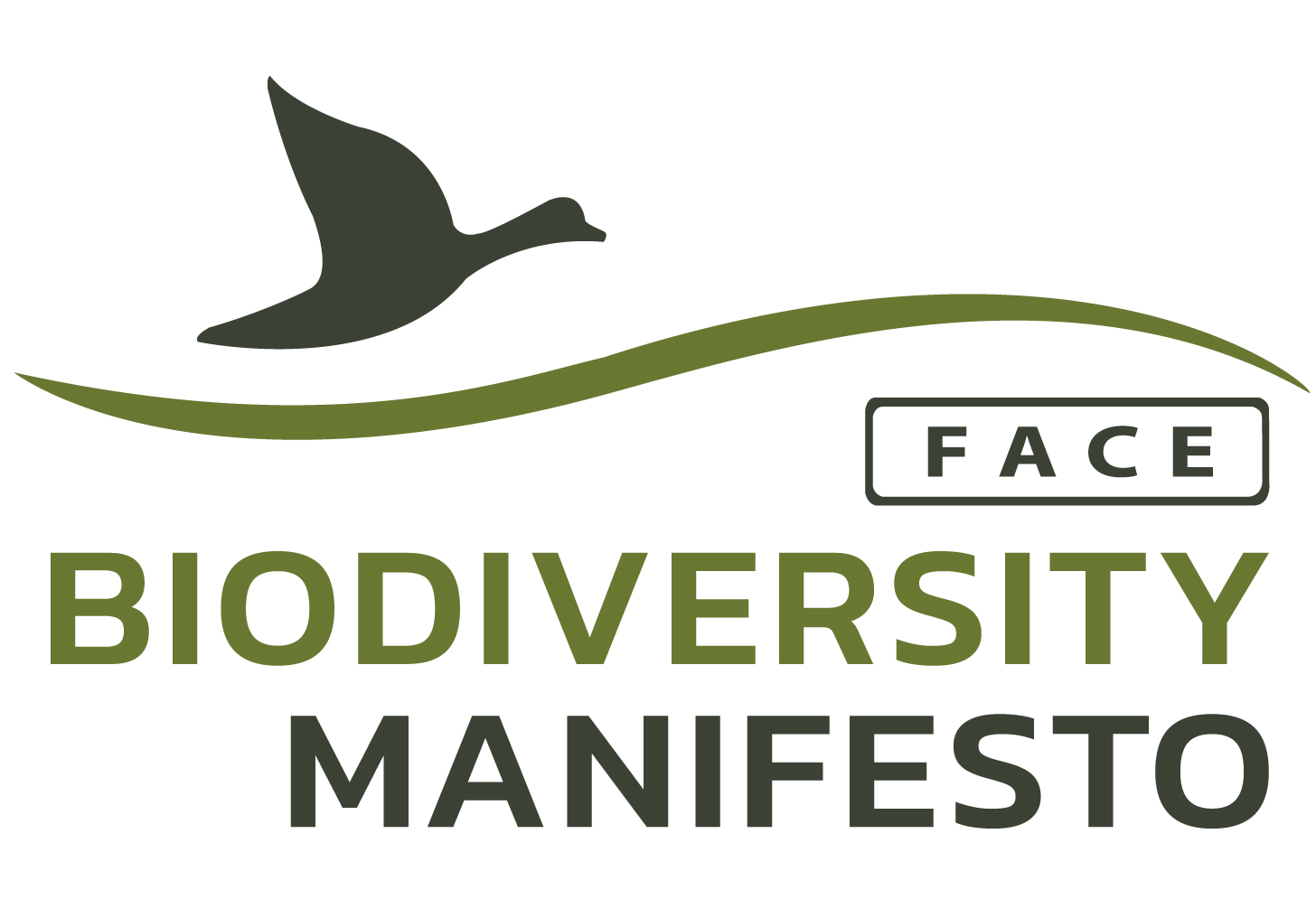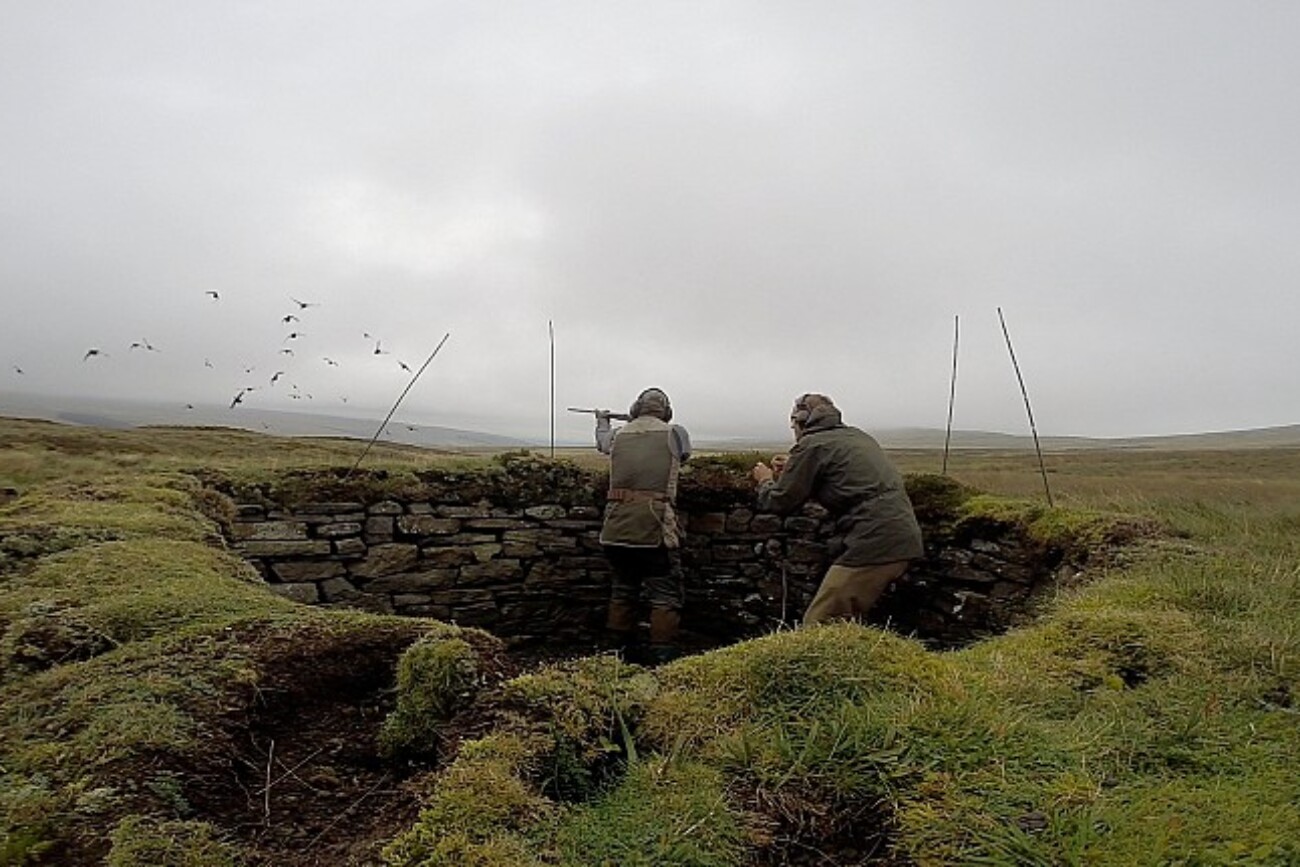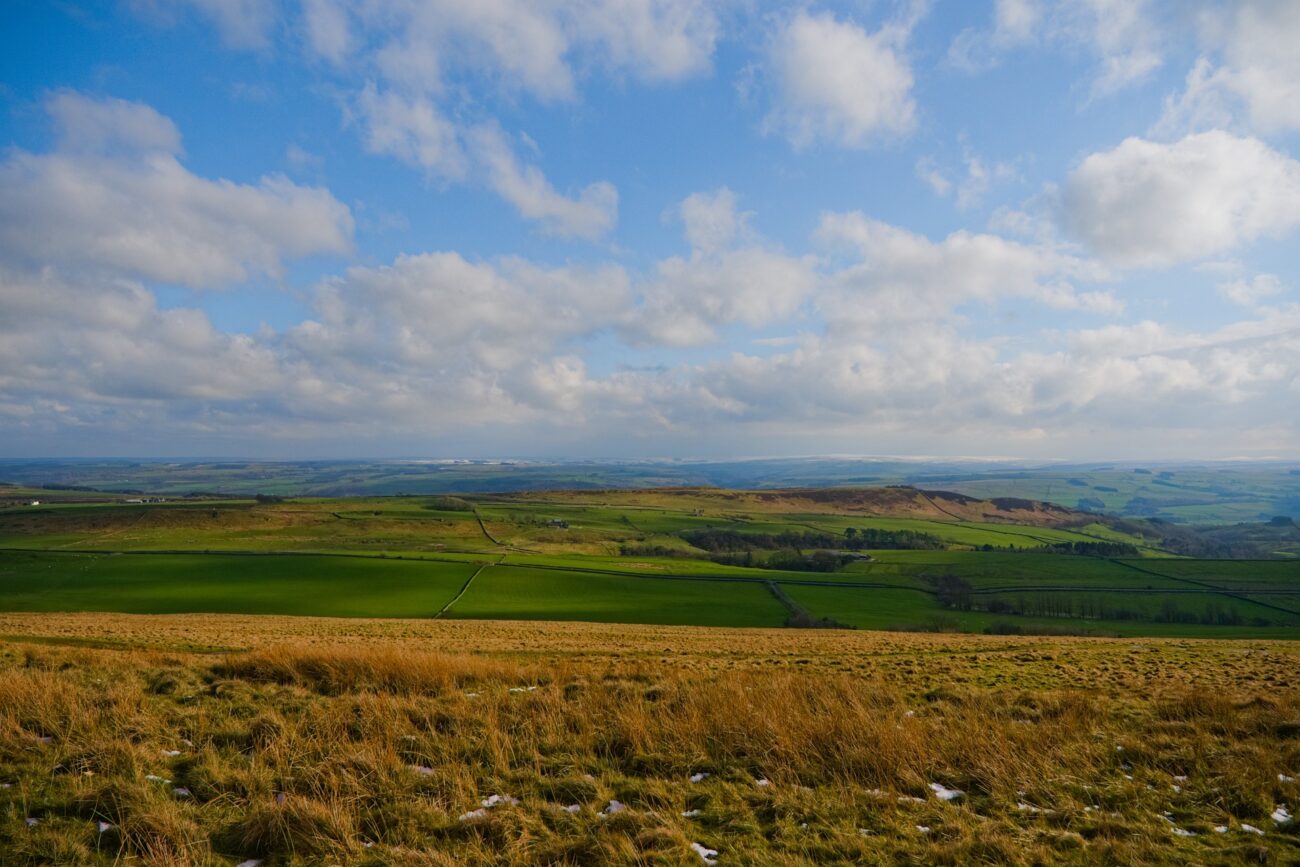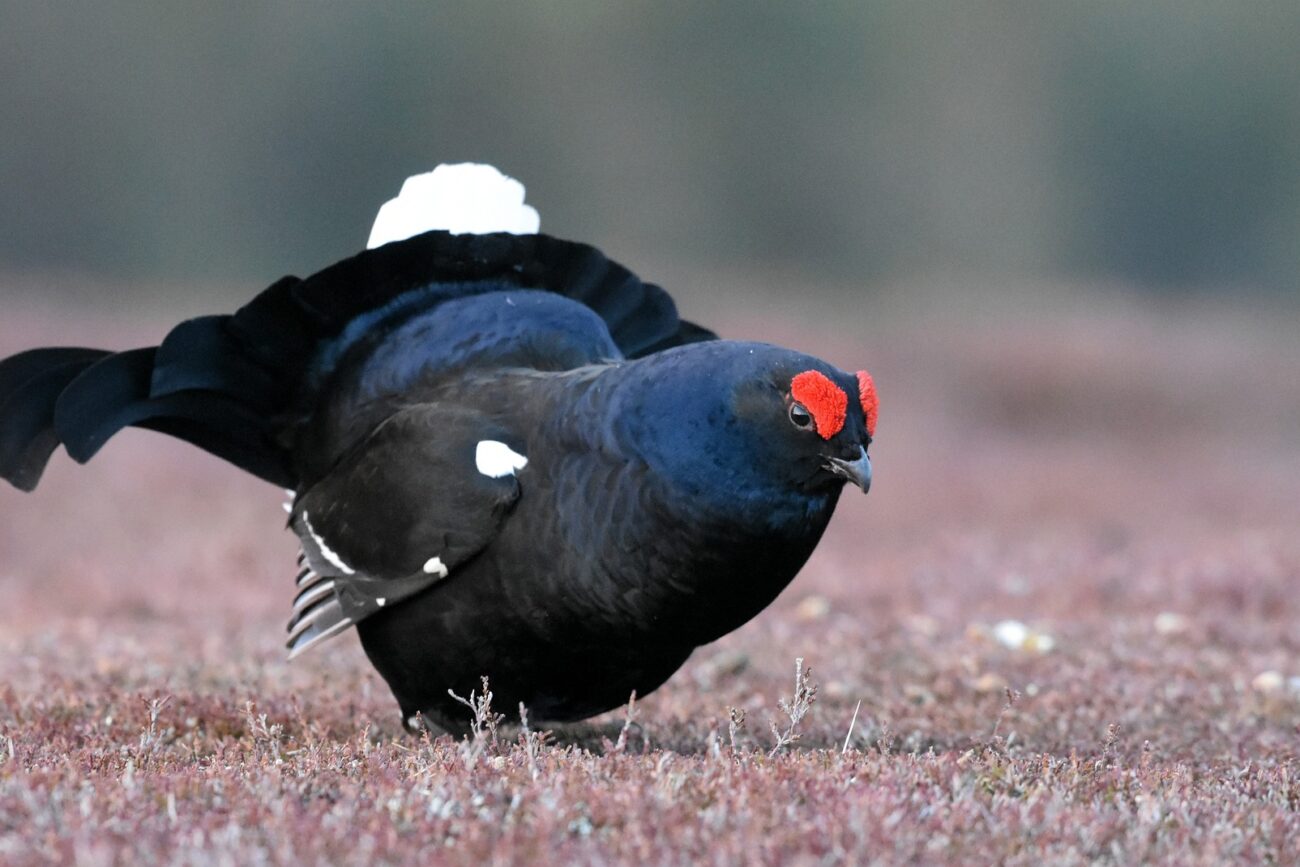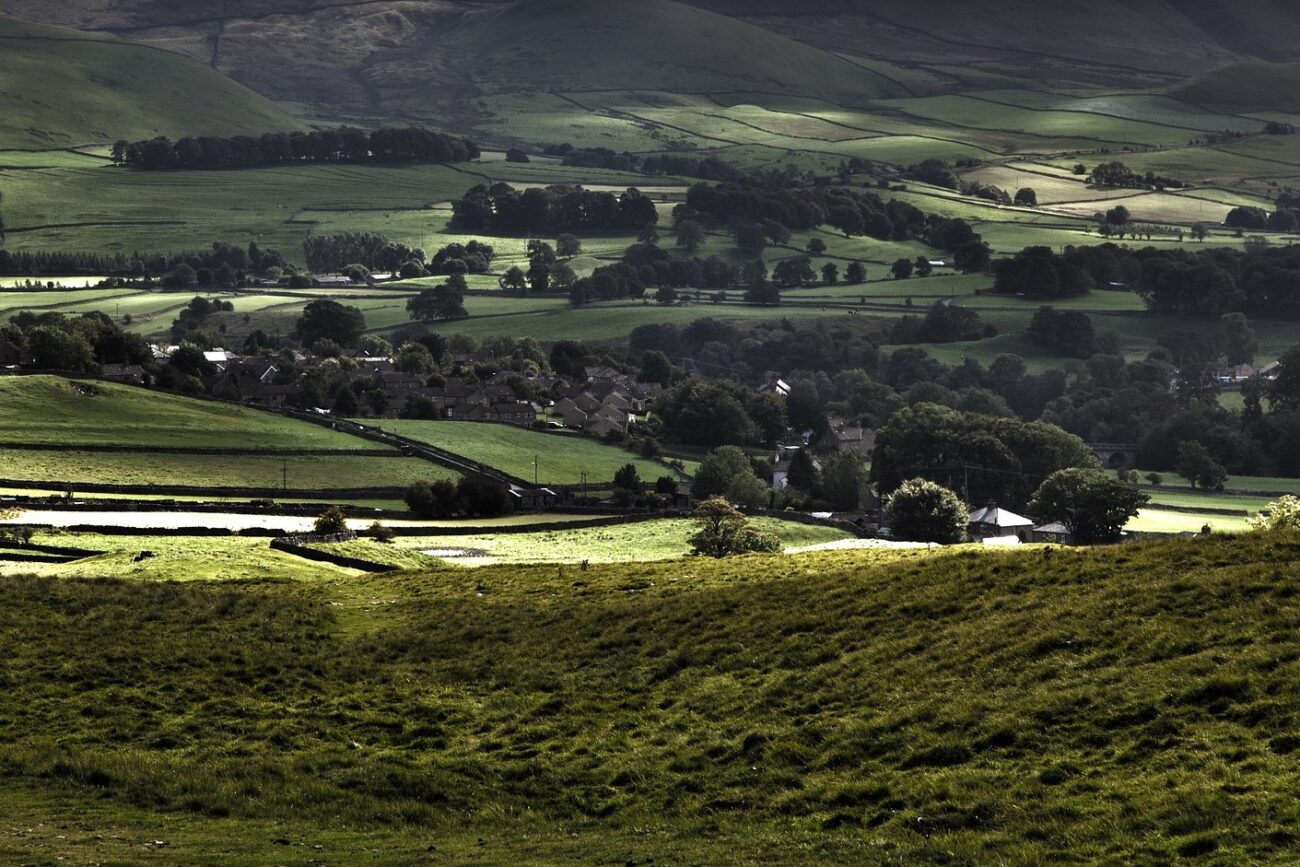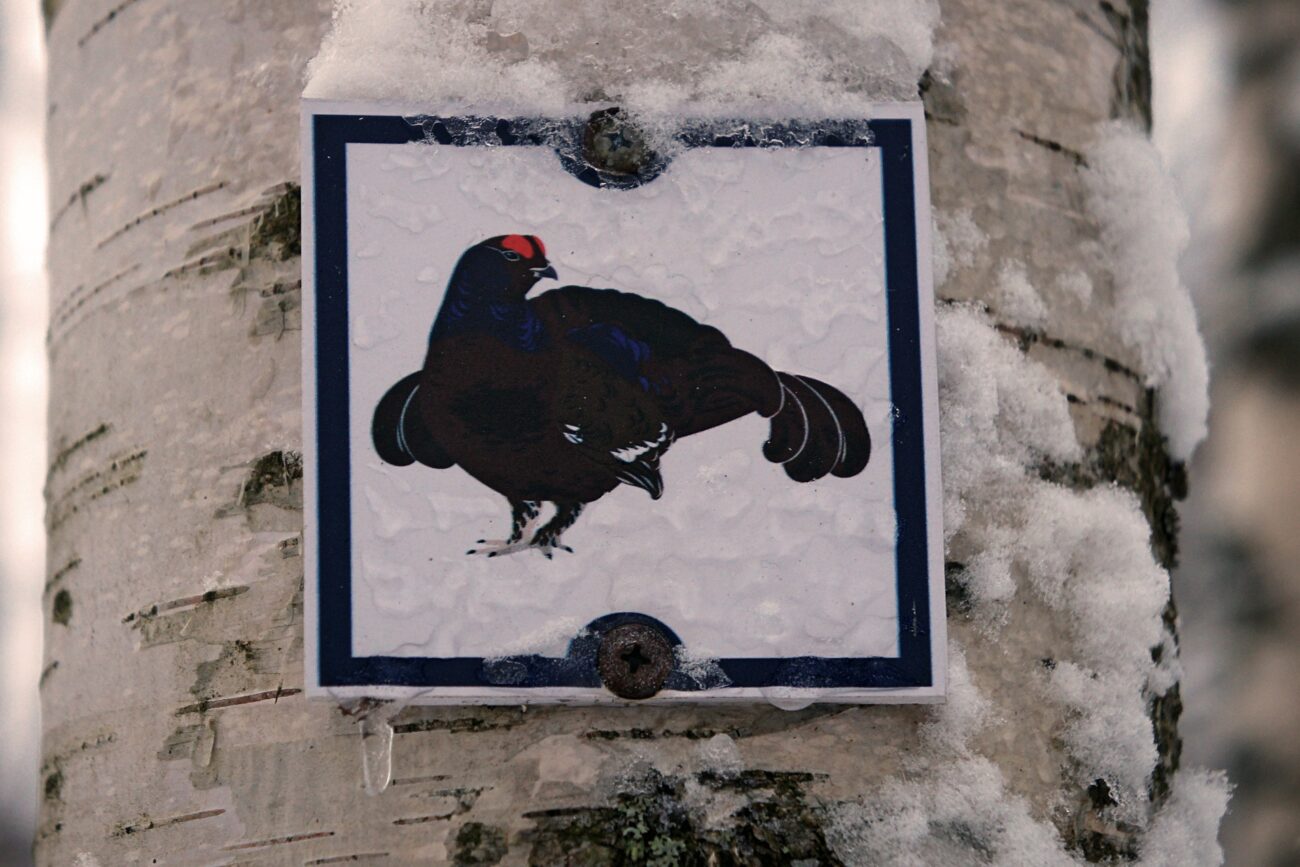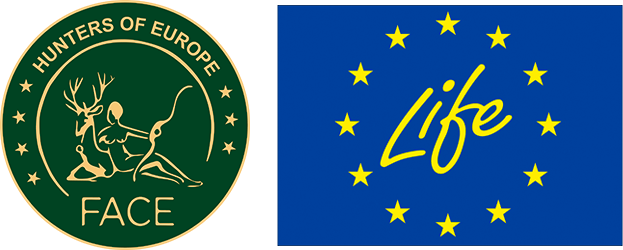The Coverhead Estate in the Yorkshire Dales National Park has been acknowledged with the “Life on Land” award from RedList Revival, a charity who identifies and promotes successful management and factors helping conservation concern species. This prize is given to properties reversing the declining trend of important species, awarding landholdings who exceed the top 1% in the UK for abundance of a key species. The Coverhead Estate has received this distinction for their Black Grouse abundance.
Coverhead is a shooting estate with 3,000 acres of open moorland and 2,000 acres of diverse moorland edge habitat, farmed and managed in hand who blazed a path embracing and developing the latest innovative conservation programs. They believe that “conservation, sensitive farming and shooting go hand in hand, are mutually supportive of each other and in combination deliver wider ecosystem benefits far beyond our own boundaries.”
This successful story started in 1983, when the Mawle family purchased Coverhead. They began a careful process of habitat restoration by trees plantation, grips blocking to re-wet the moorland, reducing the number of sheep and introducing Highlander cattle which allowed to deal with the coarse-rank moorland grasses and native wildflowers to thrive.
In 2003, in order to restore the grouse habitat and the blanket bog, they initiated a program to reseed heather on degraded grounds. Around 2009, an agreement between Coverhead and Natural England started a program aimed at Black Grouse and the blanket bog recovery. In the following year, Coverhead joined a successful Black Grouse translocation and recovery project led by the Game and Wildlife Conservation Trust. This Coverhead/GWCT partnership aims to a well-established and sustainable Black Grouse population.
POLICY RELEVANCE
When Europe leads policy discussions about Europe’s new Nature Restoration Law, Coverhead successful story highlights the nature restoration work carried out by hunters and shooting estates in Europe and its impact on the future of endangered bird species.
The recovery of red listed species like the Black Grouse, Curlew or Lapwing are strongly connected with moorland restoration as all ecosystems strongly depend on nature and habitat restoration. Hunters and hunting estates have been working towards this goal for years and will continue their path aiming for a nature rich in wildlife and biodiversity and contributing to the EU’s Biodiversity Strategy for 2030 and nature restoration targets.
The project has been remarkably successful in Coverhead, with James Mawle stating: “In 1900 there were Black Grouse in every county in England, bar Middlesex. Their decline has been caused primarily by habitat loss and predation of their eggs and chicks. The recovery program has proved an incredibly useful initiative to help expand their territorial range and it has been a notable success. Despite the past two years proving to be quite poor breeding seasons for Black Grouse in all parts of the UK, hens at Coverhead have exceeded the population replacement rate of 1.5 chicks per hen and the estate has an expanding breeding population. Our brood sizes are good with anything up to 9 chicks per brood in good years and even in the last two difficult summers hens have averaged about 2.5 chicks per hen. We are really pleased to provide good quality habitat for this much-loved species.”
The first confirmed breed success was in 2019 with the sighting of 7 new young grouse.
James Mawle of Coverhead achieved this success with three main parameters; habitat management, skilled gamekeeping and ensuring high insect abundance on the estate.
In addition to the high abundance of Black Grouse, Coverhead stands between the top1% for Curlews and Lapwings’ abundance as well as for other non-concerned species like Dipper, Golden Plover, Red Grouse, and Snipe.
As indicated by a research study conducted by the Game & Wildlife Conservation Trust, 96% of the Black Grouse English population lives in moorlands managed for Red Grouse shooting,.
Source:
- https://www.moorlandassociation.org/2022/06/trio-of-conservation-awards-for-moorland-association-estates/#:~:text=Traditional%20moorland%20management%20techniques%20such,other%20parts%20of%20the%20UK.
- https://rifleshootermagazine.co.uk/article/three-grouse-shooting-estates-win-conservation-awards-for-work-with-rare-birds
- https://www.moorlandassociation.org/2022/03/northern-england-a-stronghold-for-black-grouse-despite-successive-years-of-poor-breeding/
Photo source: https://www.coverheadestate.com/
